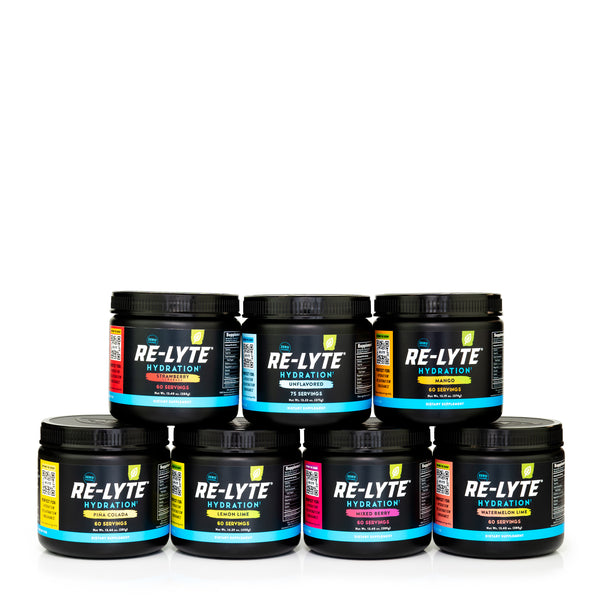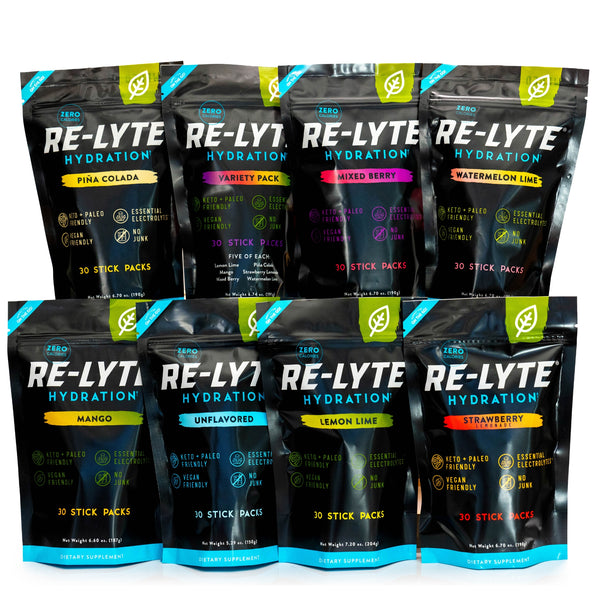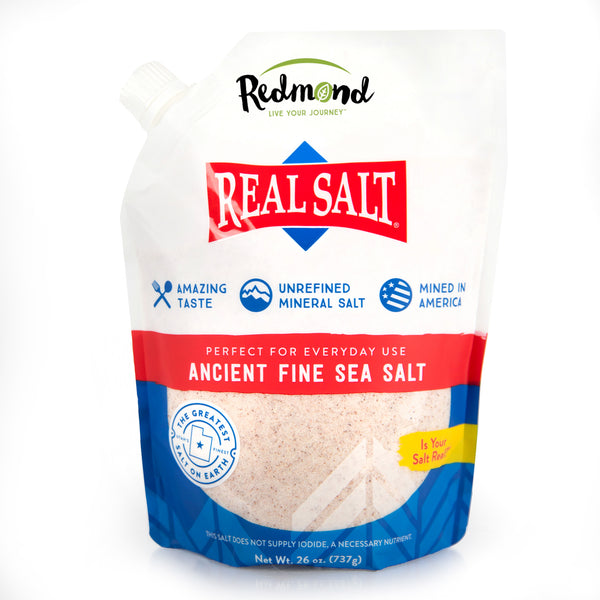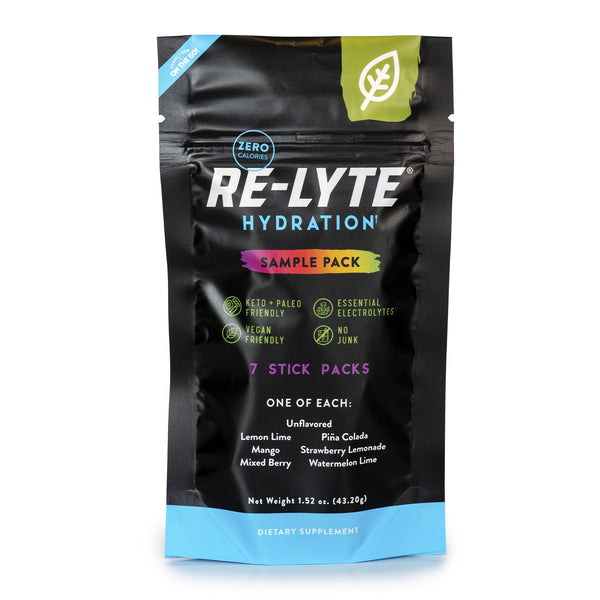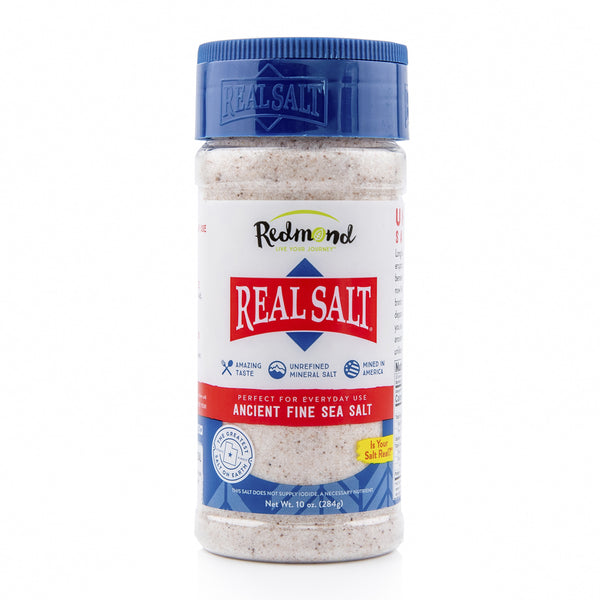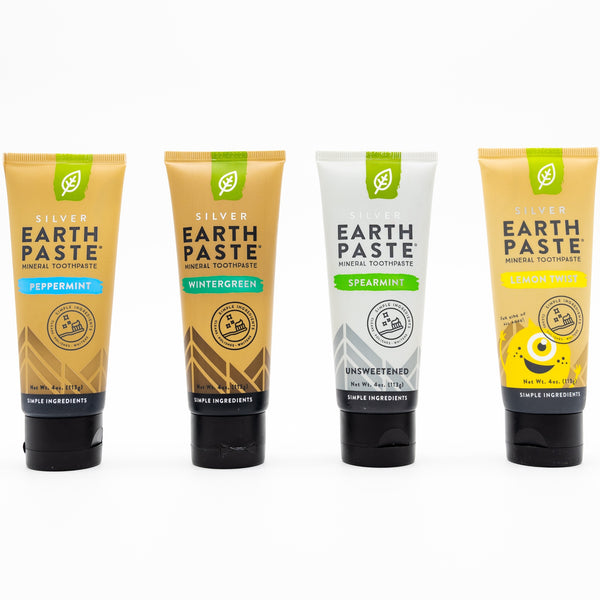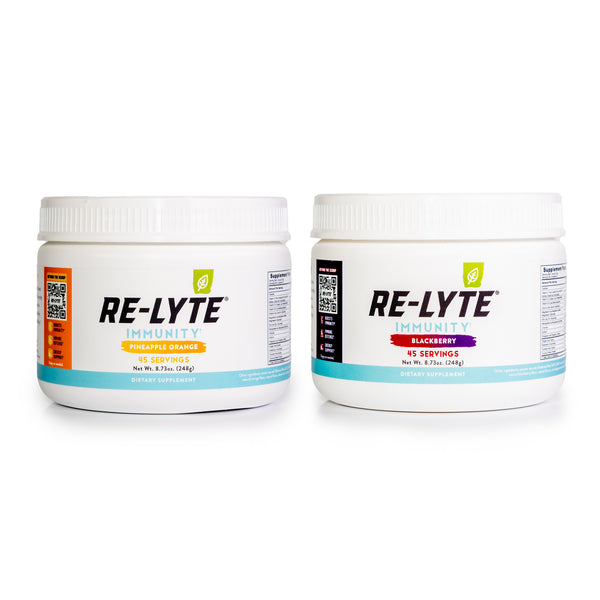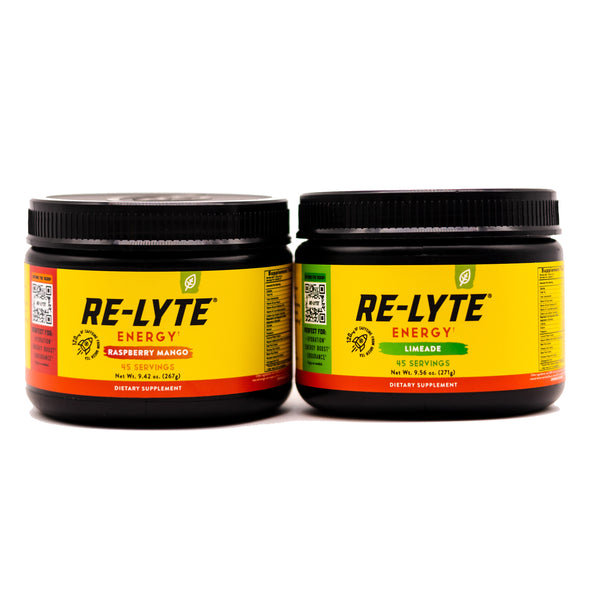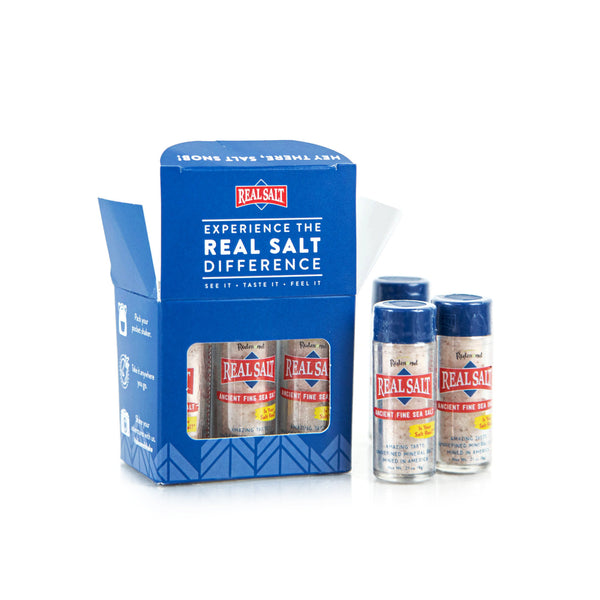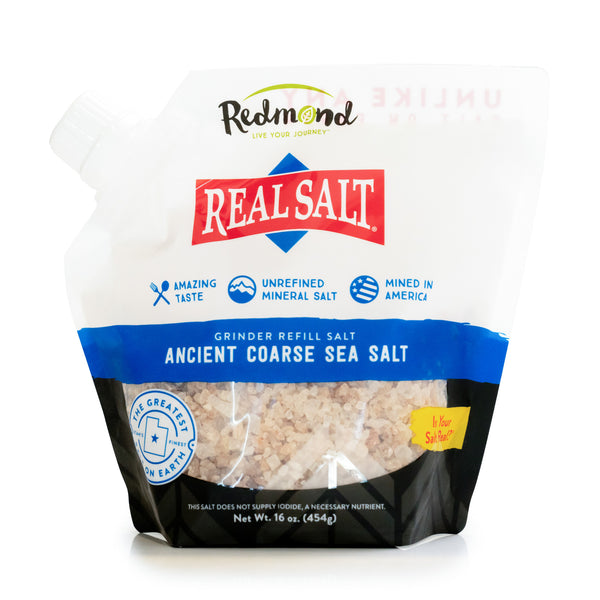Wait, Is That Sand in My Real Salt?
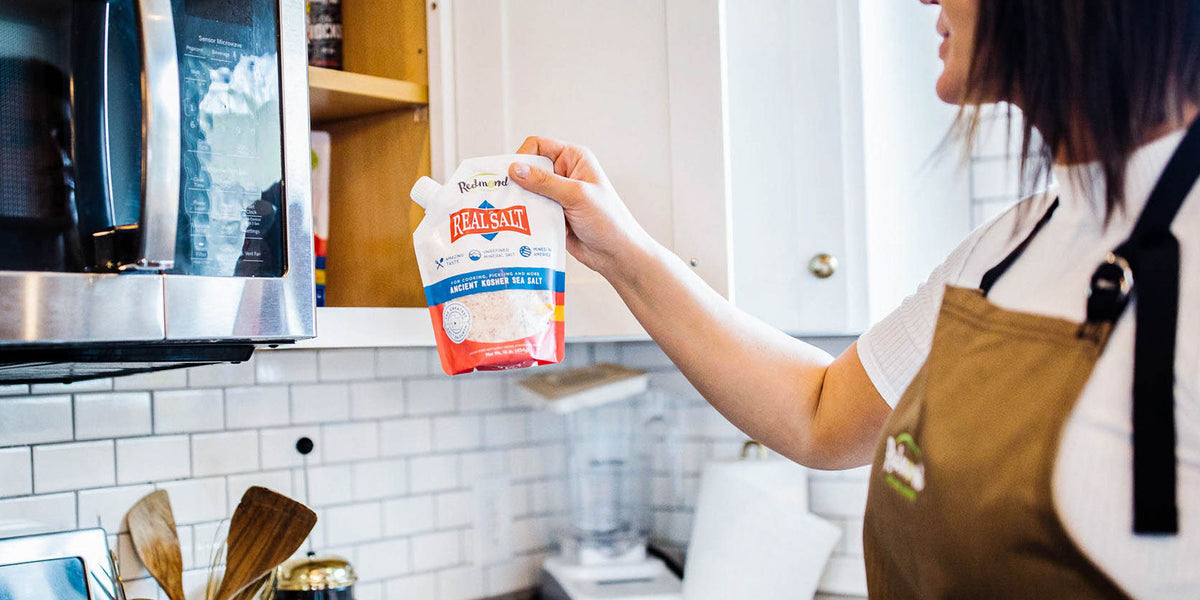
Article at a Glance:
- Real Salt contains healthy, naturally-occurring trace minerals, some of which don’t dissolve in water.
- One of the minerals that doesn’t dissolve is silica, which supports bone and connective tissue health.
- Silica may even help keep your teeth clean.
- Removing silica would mean making Real Salt less healthful— and less real.
If you were to pay a visit to Real Salt’s customer service department, you wouldn’t have to wait long before someone called with a question along the lines of: Why is Real Salt dirty? Is there sand in Real Salt? Why doesn’t Real Salt dissolve completely like other salt? The short answer to all these questions is the same: This is what salt really looks like when nature makes it.
Natural Salt Contains Trace Minerals
If you’ve ever seen freshly ground whole wheat flour, you know that it’s browner and grittier than the processed white flour so many people are used to. (We’ve even had nieces or nephews ask us why our whole wheat flour looks “dirty” when we were cooking or baking with it.) That’s because the healthiest components, like the bran (which contains most of the fiber) and the germ (which contains most of the nutrients) haven’t been processed out of whole wheat flour.
Just like minimally-processed flour, Real Salt is healthier than other salts because of what we don’t take out of it. Real Salt is 98% sodium chloride and 2% trace minerals, and it’s these 60+ trace minerals that make Real Salt real. (If you want to see a full breakdown of all the minerals in Real Salt, check out the Real Salt Mineral Analysis.)
Some of these minerals don’t dissolve in water. In fact, if you were to take some Real Salt and put it in a cup of water, you’d see insoluble trace minerals. Some look like grains of sand and some look like grains of salt. People sometimes notice traces of red minerals left behind too.
Dr. James DiNicolantonio in The Salt Fix and Dr. David Brownstein in Salt Your Way to Health note the importance of the additional minerals found in unrefined salts such as Real Salt. They discuss the benefits of getting these minerals at the same time as sodium chloride.
What About Other Healthy Brands?
There are two other brands of sea salt that have trace mineral content similar to Real Salt— Celtic from France and Himalayan from Pakistan. Some people notice that these brands dissolve more completely in water than Real Salt, and wonder why. (We compared other differences between Real Salt and Celtic or Himalayan a little while ago, if you’re curious.) We don’t know the answer to that question specifically, but we can tell you that most of the granules that don’t dissolve in Real Salt are the trace mineral silica, an element that occurs naturally in healthy bones and joints.
Wait, Did You Say Silica?
Yep, silica. If you’re asking, you probably remember learning that silica most often appears in nature as sand. Like iron and magnesium, our body needs silica, even though it seems a little strange to think of eating it. When people ask if there’s sand in Real Salt we sometimes answer, “Yes! Isn’t that wonderful?”
The medical community recognized silica as an essential trace element in the early 1970’s, and studies since then show it’s necessary for bone formation and connective tissue health.
Now, sometimes, customers ask us whether the small amount of silica in Real Salt could negatively impact their tooth enamel. The answer? You shouldn't crunch down on Kosher-sized granules, but a small amount of silica is safe for your teeth. In fact, if you ask your dentist or dental hygienist about it at your next appointment, they may tell you that small amounts of silica can help clean your teeth and scrub away surface stains. It’s even added to some whitening toothpastes.
Healthy, “Dirty” Salt
Just like some people will never come around to liking “dirty” flour, we know that some people won’t appreciate insoluble trace minerals such as silica in Real Salt, either. But we believe in the health benefits of these minerals, and removing them would not only change what nature created, but require all kinds of processing. We also believe these natural minerals are part of what’s made Real Salt the best-selling salt in health food stores across the country. Changing our process to eliminate or reduce insoluble minerals would only mean changing one tenth of one percent of the product, but we’d be making Real Salt less healthful— and less real— in the process.
Sources:
The Truth About Refined Grains— Experience Life Magazine.
Minerals: What They Do, Where to Get Them— Texas Heart Institute.
The Nutritional Essentiality of Silicon— Nutrition Reviews.
Silicon and Bone Health— The Journal of Nutrition, Health & Aging.
Role of Different Ingredients of Toothpastes and Mouthwashes in Oral Health— Journal of the Pakistan Dental Association.
Comments (11)

I put about 1/4 of a teaspoon of your salt in less than 2 ounce of water and mix it. I cannot believe what was left on the bottom. This is not silica. This is something much worse. Silica is a clear crystal, and it can be different colors, but not this red Brownish color. I wish I could take it to the lab and find out what it is! and if silica is being used in making glass, concrete, bricks what do we need to ingested?!
This is sick !!
———
Redmond Life replied:
Hello there, Thank you for your response! Silica is just one of the minerals in Real Salt that is insoluble. Others include some forms of calcium, iron, magnesium, potassium, sodium, and phosphates. Don’t worry—these minerals are natural and harmless. Your body simply absorbs what it needs and discards the rest. Here are the beautiful colors in Real Salt and the minerals they represent: – White/clear: Sodium chloride – Soft gray: Calcium – White: Sulfur mixed with calcium – Silvery white: Magnesium and potassium – Red: Iron (most likely in the form of an iron oxide) – Black, white, and red: Phosphorus – Red: Iodine, likely mixed with a chloride – Silvery gray, black: Manganese – Pinkish red: Copper – Pale gray: Zinc I hope this helps! Ashley

I have a real salt shaker. Accidentally left it open to air overnight. Seems that it collected enough moisture that it will now not shake out. Is there a way to dry it without harming it?
———
Redmond Life replied:
Hi! Try adding some dry long rice grains to your salt shaker! (No rice? You can also try dried beans.) Rice will absorb moisture and help prevent clumping. Of course, always store your salt in a cool, dry place, especially in humid climates.

I understand that some minerals which do not dissolve may be present in my real salt. However, when I sprinkle some on pasta with olive oil, I can feel the crunching when I eat my pasta. I’m concerned this might wreck my teeth. Has no one else mentioned this?
———
Redmond Life replied:
Hi Lynda, it’s true that unrefined salt can sometimes have a crunch, but rest assured that the small amount of silica in Real Salt is safe. However, if you’re not a fan of the texture I’d recommend using Fine or even our very fine, Popcorn Real Salt as your finishing salt. That way you’re getting all the benefits of an unrefined salt with less of the trace-mineral-crunch.

Thank you for this. Wondering about using this in a neti pot for saline nasal irrigation. It is recommended that the rinse contents be fully suspended in the liquid so as to avoid physical irritation of the nasal/sinus mucous membranes. How can Redmond’s Real Salt be used in this situation?
———
Redmond Life replied:
Hi KD, Thanks for your question. We have heard from customers who choose Real Salt for their neti pots because they like that it has no additives and doesn’t have supplemental iodine. We recommend checking with a healthcare provider to see if Real Salt is a good choice for you.


